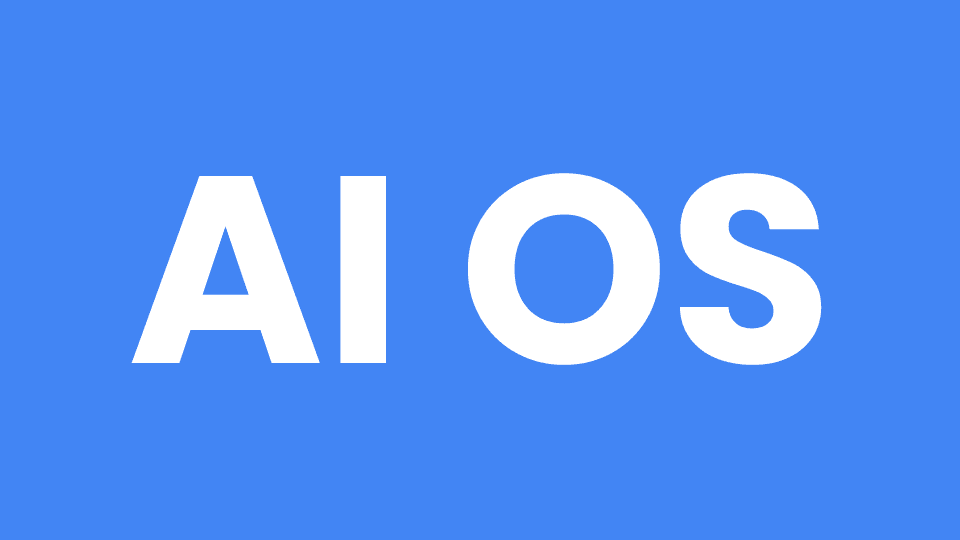Retrieval Augmented Generation (RAG) is an artificial intelligence framework that retrieves facts on the most accurate, up-to-date information from external knowledge sources to allow Large Language Models (LLMs) to provide users with accurate information, even if the model doesn’t know the answer.
Large Language Models, while impressive, are sometimes unreliable with inaccurate responses. This inconsistency arises from their statistical understanding of words rather than real comprehension. RAG enhances the accuracy and reliability of LLM-generated responses.
In simpler terms, using RAG is like taking an open-book exam in that students write their answers after checking their notes, books, or the internet. RAG “allows” LLMs to check external resources before answering. Similarly, LLM without RAG is like a closed-book exam. LLMs share responses without a fact-check based on their best knowledge, i.e., training data. In such cases, LLMs may get confused, hallucinate, share things they are not supposed to, or have difficulty admitting that they don’t know the answer.
Two Phases of RAG: Retrieval and Generation
RAG operates in two phases: retrieval and content generation. Algorithms scour external knowledge bases and extract pertinent information related to the query during retrieval. Then, they merge this knowledge with the user prompt and pass it to language models. In the subsequent generative phase, the LLM crafts a response by drawing it from the augmented prompt and its internal training data. The response can include the information source, such as a link to a publicly available website or a closed-domain knowledge base.
Why RAG?
Integrating RAG in an LLM offers certain advantages, such as reliability, improved accuracy, and reduced need for re-training.
1. Reliability:
Reliability is one of the main criteria to evaluate LLM performance. It is critical in industries like healthcare, legal, and financial services. However, teaching LLMs to acknowledge their limitations is challenging. When faced with ambiguous or complex queries, LLMs may fabricate answers. Implementing RAG in an LLM enables the model to recognize unanswerable questions and seek more details before responding definitively. RAG minimizes the risk of hallucinating incorrect or misleading information by teaching LLMs to pause and admit their limitations, making them more reliable. Moreover, since users get the sources, they can cross-check LLM responses.
2. Improved Accuracy:
Early adopters of ChatGPT would remember its September 2021 knowledge cutoff, meaning that it was initially unaware of events of 2022 and 2023. Hence, it was not able to accurately answer some questions. RAG can address this challenge by providing LLMs with updated information and sources. Thus, LLMs can stay relevant and accurate.
3. Reduced Need for Re-training:
RAG slashes the need for constant model retraining on new data. LLMs with RAG can access the latest information without being trained on that data and update its parameters as circumstances evolve. As a result, RAG minimizes computing resources for training, resulting in cost savings.
What’s next?
RAG is currently the best approach to connect LLMs to the latest and most reliable information. However, we’re still in the early days of its development. Refining RAG through continuous research and development is crucial to leverage the advantages of RAG. Machine learning researchers are working on how to find and fetch the most relevant information to the query and then present it to users in the best structure. As RAG provides LLMs with the latest and most reliable information, Picovoice Consulting empowers enterprises with the latest and most reliable information on the advances in AI.







